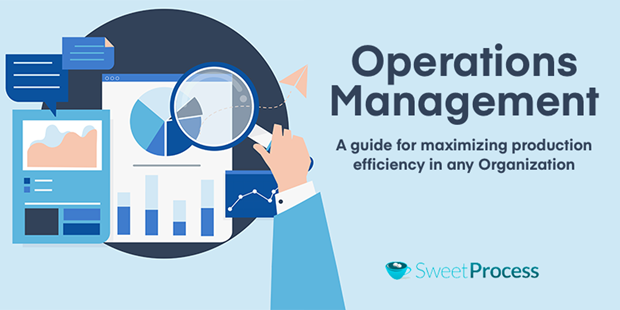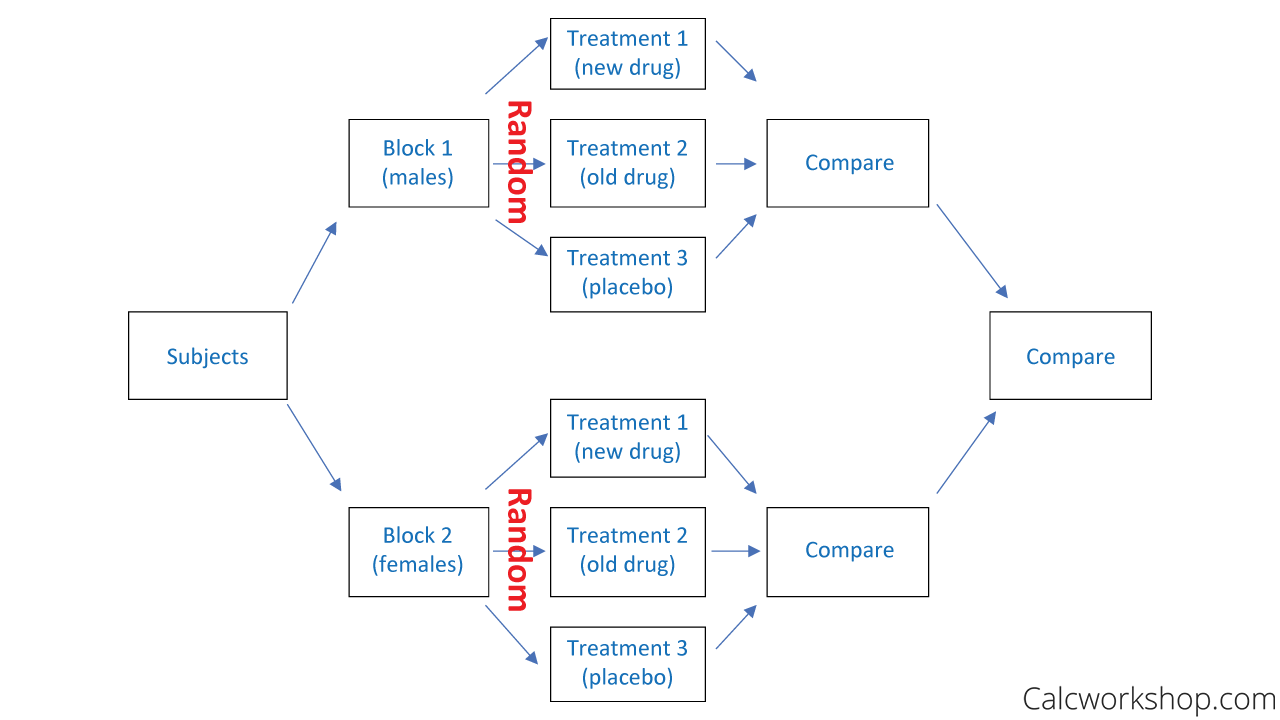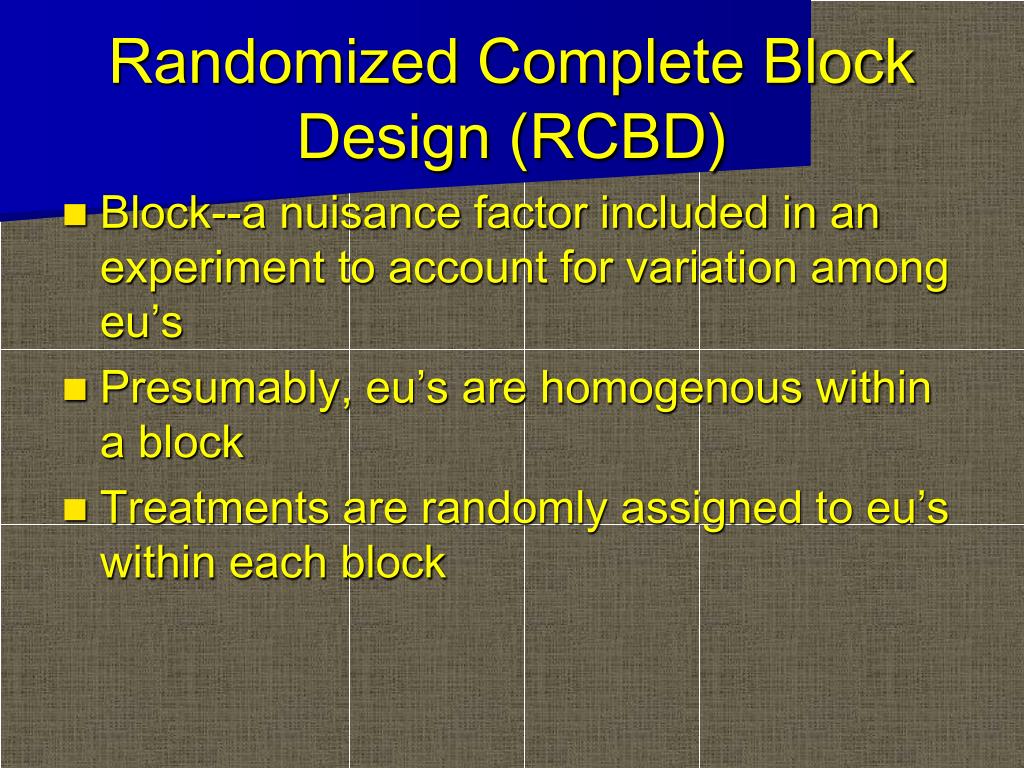Table Of Content

They’re prioritizing and defining what quality means in the context of a workflow. Suddenly, after confidently identifying the gaps, that design team expands to five. And now there’s a promotion to a manager responsible for hiring, developing and growing talent while also starting to think about strategic growth (if that’s where that designer wants to grow). Here, the executive producer and the design managers attend to the high-level planning and program management and get involved in the nitty-gritty, driving the day-to-day creative workflows. If your design team, or at least your design ops leader, isn’t sitting in on strategy meetings, unaware of the process for design requests, and you’re only measuring them on how fast they churn out creative assets, that’s a problem. It starts by identifying DesignOps roles which will result in streamlining the design process.
Scale and evolve
Though we use the blanket terms “design” and “designer” throughout this discussion, DesignOps applies to anyone using user-centered and design-thinking processes to solve problems. The term “designer,” then, includes UX designers, user researchers, visual designers, content strategists, service designers, communication designers, and anyone else contributing to the end user experience. The four elements of operations strategy include capacity planning, supply chain optimization, quality control, and technology and innovation.
Building the culture of the design team
I also saw organizations with hundreds of designers that still didn’t have a single DesignOps person, and it somehow worked. All processes around design system management — defining goals, establishing design principles, creating components, documenting guidelines, and promoting design system adoption — is also part of design operations. It’s also about cultivating a culture of collaboration within the organization. The bigger the design team gets, the more structured approach is needed to keep everyone aligned.
Stage 1: DesignOps team of One
However, fast-growing companies with large teams and frequent product releases can benefit from hiring a DesignOps specialist. UXPin Merge solves many DesignOps challenges, giving practitioners and DPMs the time to focus on strategic initiatives and creating value. With this technology, you can use your dev’s component library in your design process. Once a practitioner has a few successes and the organization sees value in scaling DesignOps, it’s time to start building your team. NN Group defines this as the “Specialized” DesignOps stage because the practitioner identifies the need for a dedicated team member in specialized areas. This listening approach will expose the company’s organizational and systemic problems.
In partnership with the leading online learning platform, MindEdge, AIGA is offering courses that will help creative professionals identify business needs and grow future goals. MindEdge has a comprehensive catalog of professional development courses and certificates for busy professionals. Through this partnership, AIGA is able to offer this benefit to members. Splitting DesignOps into three dedicated vacancies can hardly be achieved in small Startups because there is simply no budget or enough people for such an elaborate setup. I have yet to see a setup as they have at Pinterest or Dropbox in real life (which is demonstrated in the practical part of the book). However, I do believe it’s possible to take on the underlying DesignOps principles as a team and build a culture around them.
Other Resources
DesignOps is an intentionally broad topic, because there are many elements related to enabling consistent, quality design.
AES Clean Technology appoints new VP of Engineering - Cleanroom Technology
AES Clean Technology appoints new VP of Engineering.
Posted: Fri, 23 Feb 2024 19:11:31 GMT [source]
Author Services
From beginning to end, every stage of the project should be documented, as it will help identify pain points, bottlenecks, and opportunities for improvement. The workflow assessment is the second and most important aspect of the design operation. As the deliverables of the project involve processes and methodologies to be followed, assessing the workflow for improvements can involve a systematic evaluation of existing processes. In the product triumvirate (Product Management, Engineering, Design), design is least integrated into DevOps environments. The demand for custom web design is growing, design is becoming more complex, designers are working in isolation from each other more and more often - these are just a few of the design challenges.

By removing this friction and confusion, everyone can act appropriately for the greater good. You create a culture where designers want to stay and grow their careers from purpose. A good employee experience will help HR find and attract top talent, expanding your design capabilities.
Lawrence leaders to consider $3 million agreement for design and construction of 1st phase of field operations campus ... - Lawrence Journal-World
Lawrence leaders to consider $3 million agreement for design and construction of 1st phase of field operations campus ....
Posted: Mon, 01 Apr 2024 07:00:00 GMT [source]
DesignOps practitioner Patrizia Bertini shared the observation she made in 2018 when working with international teams. The company faced rapid growth, and operational inefficiency caused a slowdown in the working speed and the entire production cycle. Designers spent up to 5 working days a month looking for research participants, and the lead time was lengthened to 4 weeks. To solve the issue, the DesignOps specialist implemented a participant search service.
But not every company or overstretched creative department is ready for the financial and organizational commitments DesignOps teams require. Their goal is to streamline design, remove any inefficiencies, and enable the designers to flow with the research they need, repeatable processes, and tools to succeed. DesignOps is the glue that holds the design organization together, and the bridge that enables collaboration among cross-disciplinary team members. These courses teach you how to create an inclusive work culture, prioritize diversity, and build an inclusive workspace, both in person and in remote work settings. Implement changes to tackle existing issues and regularly review them to understand the impact of these changes. Continuously gather feedback from team members and stakeholders to refine further.
In addition, the manager does their best to provide colleagues with professional and emotional support by planning team events. Generally speaking, a DesignOps engineer performs any task that increases the efficiency of the designers' work. This specialist saves the team time so that its members are not distracted by operational issues. There’s no such thing as a designer who can handle every process and task because in the end, they do everything but the actual design.
A designer can also pair with a front-end engineer in the so-called cross-disciplinary pairing. Such a cross-functional team exercise will provide the designer with an opportunity to experiment with the real-life, coded UI rather than a wireframe. DesignOps establishes how much it costs to run the design team and justifies these costs. Once the budget is approved, they are in charge of how it is distributed within the design team. As a veteran design leader, strategist, facilitator, researcher, and educator, Dave has worked with some of the largest and fastest growing organizations globally.








